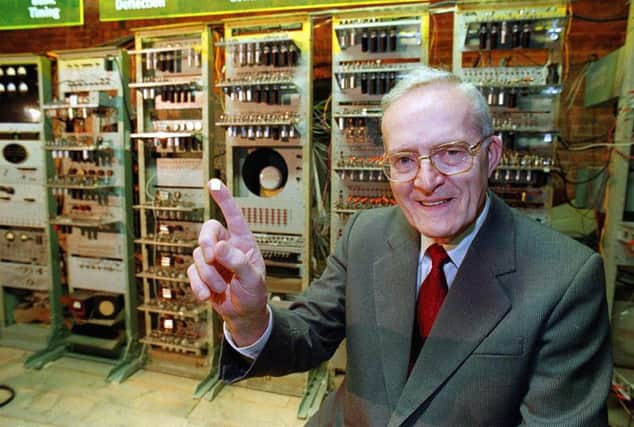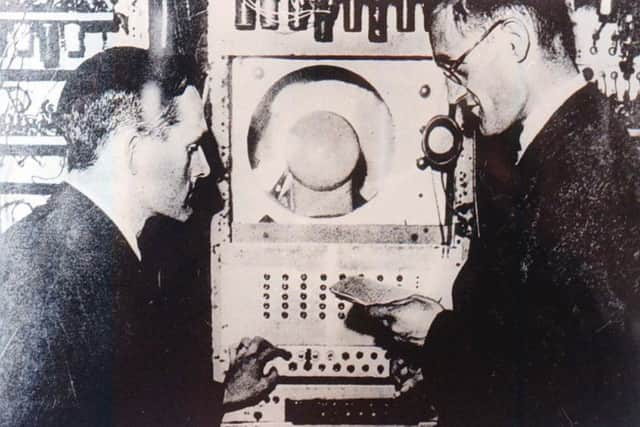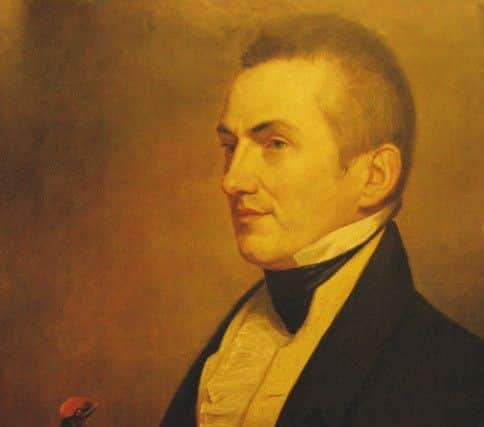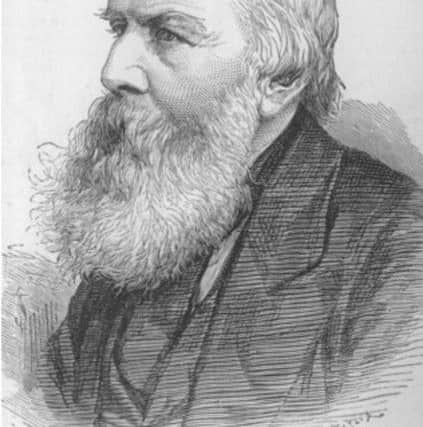Six pioneers with Yorkshire roots worth celebrating


Here are six Yorkshire heroes who we think deserve to have greater recognition:
Donald Bailey
If only Donald Bailey were around now, traffic might already be travelling between both sides of the divided town of Tadcaster. Sadly, the inventor of the Bailey bridge died in 1985, 84 years after his birth in Rotherham.


Advertisement
Hide AdAdvertisement
Hide AdField Marshal Montgomery once claimed that without Bailey bridges - portable fabricated constructions that did not require special tools or heavy equipment to assemble - the Allies would not have won the Second World War.
The Allies were also helped by the fact that Sam Smith’s Brewery have never owned large tracts of land in France and Belgium...
Tom Kilburn
Born at Earlsheaton, Dewsbury, in 1921, Tom Kilburn is credited with writing the world’s first computer program and developing the world’s first stored-program computer.


Working in conjunction with Prof Sir Freddie Williams towards the end of the Second World War, Prof Kilburn helped develop a ‘Small Scale Experimental Machine’ to store the program he had written. The computer was nicknamed Baby, and weighed over half a ton.
Prof Kilburn died in 2001. He did not own a computer.
Anne Lister
Advertisement
Hide AdAdvertisement
Hide AdCelebrated as the ‘first British lesbian’, Anne Lister was a prolific diarist whose accounts of her life in 19th century England ran to more than four million words. Many of her entries related details of her sexual life and relationships and were written in a code that was not broken until the 1930s. Lister, who died in 1840 aged 49, lived openly as a lesbian at Shibden Hall near Halifax, which she inherited from her uncle, Her diaries have been bequeathed to the UNESCO Memory of the World programme.


Joseph Aspdin
The inventor of Portland cement was a bricklayer from Hunslet, Leeds, and is responsible for a worldwide revolution in the way in which buildings are constructed.
Aspdin, who coined the phrase Portland cement because of its resemblance to Portland stone, manufactured his new product at a number of plants in Wakefield. With raw materials in short supply due to the difficulties and expense of transporting limestone, Aspdin would often dig up paving slabs from Wakefield’s roads to process them, much to the disquiet of the local authorities, who twice prosecuted him for ‘highway robbery.’
Charles Waterton


The squire of Walton Hall near Wakefield created the world’s first nature reserve in the 1820s when he built a nine-feet high stone wall around his estate to keep out marauding bargees as they conveyed coal to industrial Yorkshire along the Barnsley canal.
Advertisement
Hide AdAdvertisement
Hide AdLocal children were rewarded with sixpence for each live hedgehog they delivered to the Squire, so he could release it in the estate.
He was also an environmental campaigner and fought long battles against a soap works that polluted local waterways, including the lake that surrounded his home.
Sir David Attenborough is a fan of Waterton’s: “He was one of the first people anywhere to recognise, not only that the natural world was of great importance, but that it needed protection as humanity made more and more demands on it.”
Joseph Hansom
York-born architect Joseph Hansom designed and developed the Hansom Cab, a two-wheeled cab drawn by a single horse which provided previously unimagined levels of comfort to travellers on the pot-holed and cobbled roads of Victorian Britain.


Advertisement
Hide AdAdvertisement
Hide AdSadly for Hansom, his invention failed to make him rich despite Hansom cabs becoming the transport of choice in Europe and New York: he sold the patent for £10,000 in the 1830s, but the buyer never paid up. It would not be the last time that someone ‘did a runner’ from a cab.